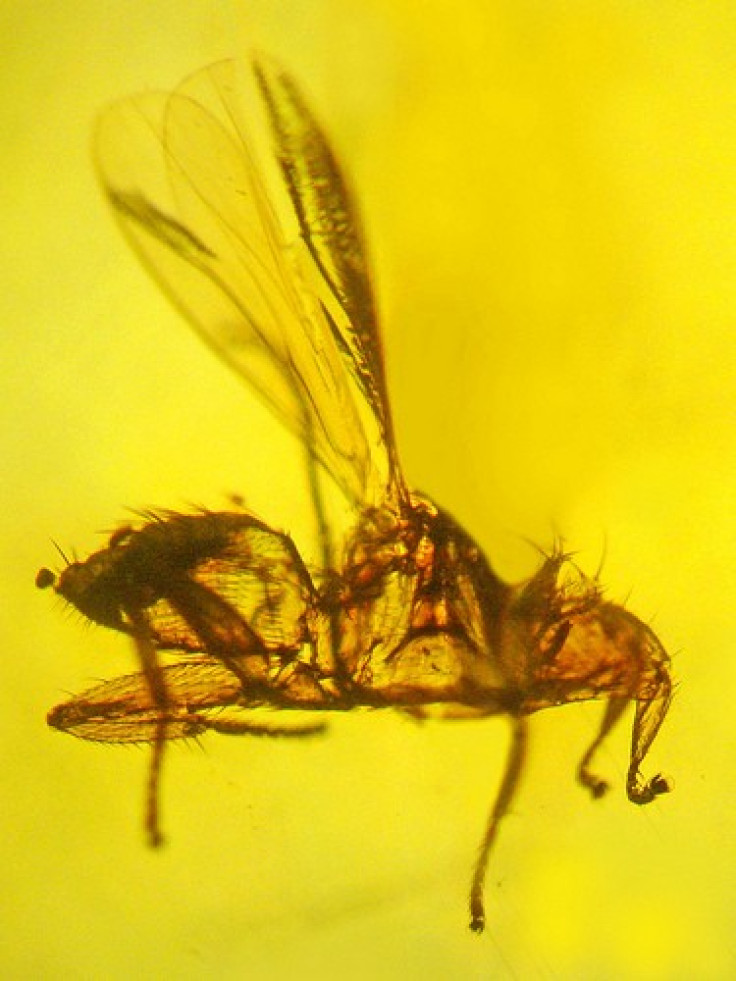Dracula's Brood: Scientists Discover Blood-Sucking Bat Fly Fossil

Researchers from Oregon State University (OSU) have discovered the fossil of a blood-sucking vampire bat fly, in the La Búcara mine - which is located in the Cordillera Septentrional mountain range of the Dominican Republic. The researchers discovered the tiny insect frozen in amber (tree sap). The fossil is between 20 and 30 million years old.
Incidentally, the scientists also found the bat fly was carrying a strain of the malaria disease; this provides evidence that the disease may have existed even 20 million years ago.
"Bat flies are a remarkable case of specific evolution, animals that have co-evolved with bats and are found nowhere else," said George Poinar, a Professor of Zoology at OSU. The researchers also stressed that bat flies were not common creatures and that not every bat feeds on blood. Nevertheless, the species is widespread, with different animals appearing at different places around the world.
"Bats are mammals that go back about 50 million years, the only true flying mammal, and the earliest species had claws and climbed trees," Poinar added.
"We now know that bat flies have been parasitizing them for at least half that time, and they are found exclusively in their fur. They are somewhat flat-sided like a flea, allowing them to move more easily through bat fur," he concluded.
© Copyright IBTimes 2024. All rights reserved.





